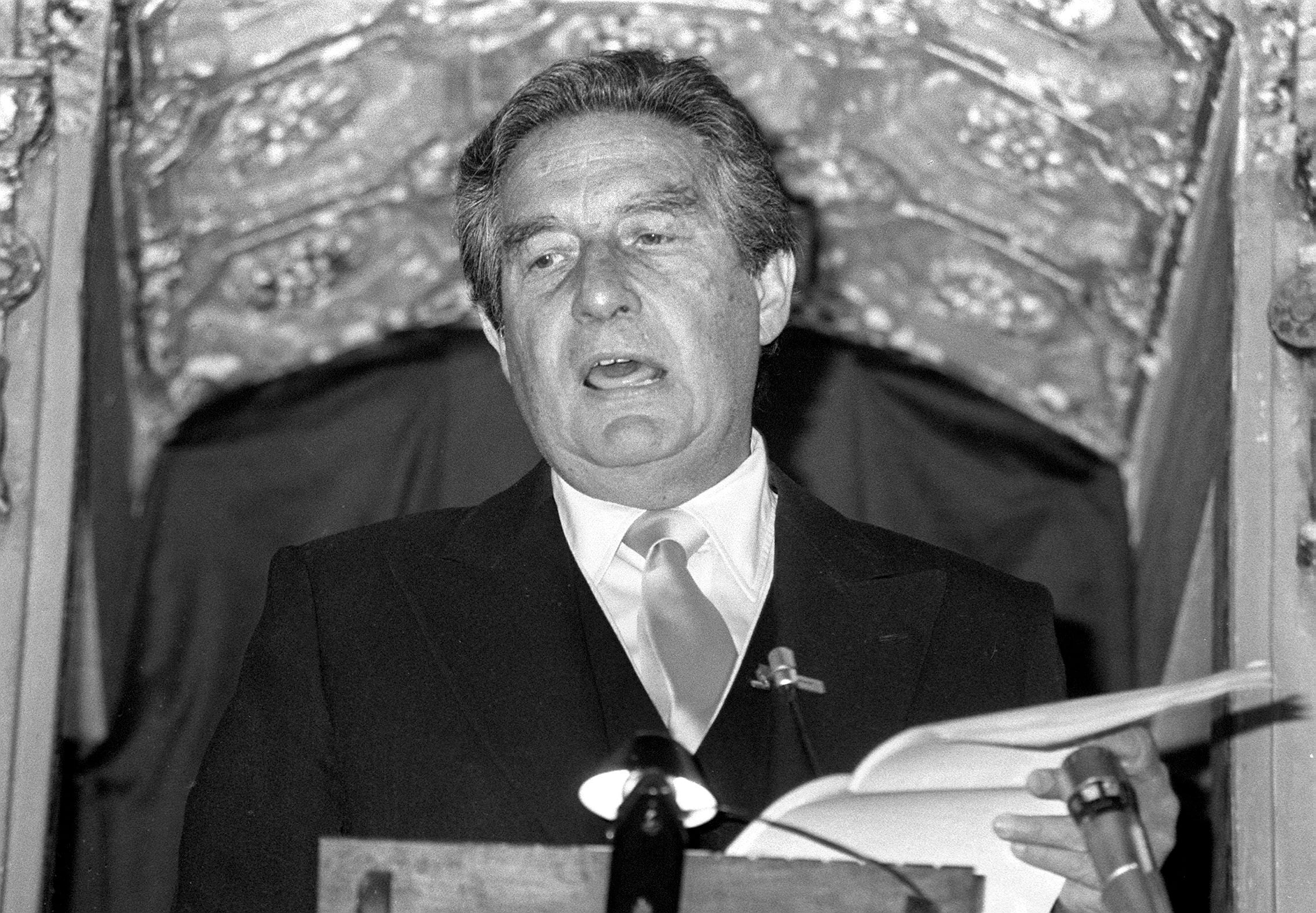
Mexico has given the world great artists, who have stood out for their works, and have deserved worldwide recognition. One of these artists, without a doubt, is the writer Octavio Paz, who was born on March 31, but in 1914, in Coyoacán, in the Mexican capital.
Octavio Paz was one of the most outstanding poets in Mexico, as his works have captivated for years. From a young age, he found his vocation, because when he was just 17 years old, he published his first poems in the magazine Barandal, and later directed the magazines Taller, in 1939, and Prodigal Son, in 1943.
On a trip to Spain, he had contact with some intellectuals from that country, and with Pablo Neruda, who strongly influenced him in his poetic work. After publishing Luna Silvestre (1933) and the poetry book dedicated to the Spanish civil war, They will not pass! (1936), edited by Root of Man (1937), Under Your Clear Shadow (1937), Between Stone and Flower (1941) and At the Edge of the World (1942).
In the 1950s, he published four fundamental books in his career: Freedom under Word (1949), The Labyrinth of Solitude (1950), portrait of Mexican society, Eagle or Sun? (1951), a book of prose with surrealist influence, and The Arch and the Lyre (1956). His extensive and varied work is completed with numerous poems and essays, including Cuadrivio (1965), East Slope (1968), Toponemes (1969), Visual Discs (1969), The Sign and the Scribble (1973), Grammatic Monkey (1974), Past in Clear (1975), Shadows of Works (1983) and The Double Flame (1993).

One of these works earned him the Nobel Prize for Literature, in 1990: The Labyrinth of Solitude. Some other prizes he received throughout his career were the Xavier Villaurrutia Prize in 1957 for The Arch and the Lyre, the International Poetry Prize in Brussels, Belgium in 1963, the National Science and Arts Prize in Linguistics and Literature, the Jerusalem Prize and the Mexican National Literature Prize, these three in 1977, among others.
He was also awarded honorary doctorate by several universities around the world such as Boston, Harvard, New York, Texas, UNAM, Murcia and Rome, as well as winning the National Journalism Award of Mexico in 1998, in recognition of his career.
He died on April 19, 1998, due to bone cancer, in the Casa de Alvarado, located in Francisco Sosa No. 383, in Coyoacán, a building that today houses the National Phonoteca.
One of the most outstanding works of the Mexican writer was El Laberinto de la Soledad, a publication that earned him the Nobel Prize for Literature in 1990. In this work, the author reflects on the Mexican identity and nation in the middle of the twentieth century, when Mexico faced the disappointments of the 1910 Revolution. At that time, the world was also facing a radical capitalist transformation, the expansion of socialist ideology and the consequences of the Second World War, which ended in 1945.

Paz uses the literary genre of the essay, whose flexibility allows us to think about a subject without the pretense of teaching or revealing universal laws. The essay shares a reflective path that is, in a way, the flow of one's own consciousness. The author knows that identity, like a labyrinth, is a problem to be solved. For Mexico, it is the labyrinth of solitude, the ultimate condition of being Mexican.
In the first four chapters, Paz observes and analyzes migratory movements, symbols, manners and rituals of culture, all of them, at the vertex of a process of transformation. His main thesis will focus on the conviction that being Mexican is founded on solitude, not as an existential thing, but as a collective imaginary, as a historical image.
From chapter four to eight, history is reviewed as a hand-made fabric, which will be the fabric that covers this previously described culture: conquest, colony, independence, and revolution, Mexican intelligence and the contemporary days of Peace at that time, will give a discursive form to solitude, made body in the collective imaginary.
KEEP READING:
Últimas Noticias
Debanhi Escobar: they secured the motel where she was found lifeless in a cistern

The oldest person in the world died at the age of 119

Macabre find in CDMX: they left a body bagged and tied in a taxi
The eagles of America will face Manchester City in a duel of legends. Here are the details

Why is it good to bring dogs out to know the world when they are puppies




